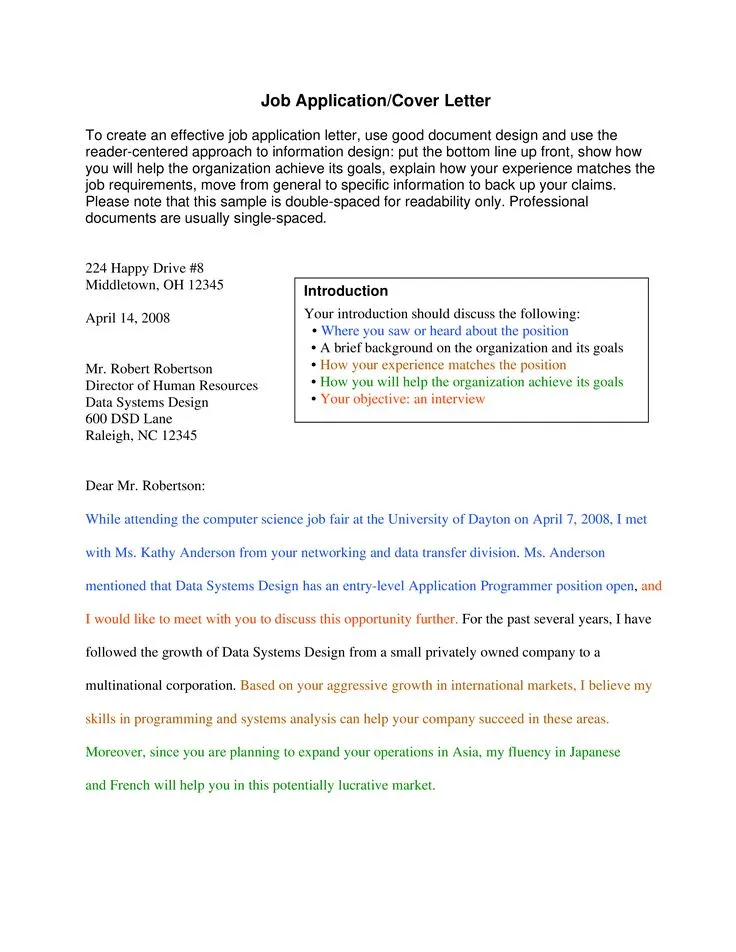Cover Letter: What Is It?
A cover letter is a crucial document accompanying your resume when applying for a job. It serves as your personalized introduction to the hiring manager, providing a snapshot of your qualifications, skills, and experience. Unlike a resume, which lists your credentials, a cover letter allows you to tell your story, explain why you’re interested in the specific role and company, and demonstrate how you can contribute to their success. It’s your opportunity to make a strong first impression and persuade the employer to read your resume. A well-crafted cover letter highlights your personality and enthusiasm, making you stand out from other applicants. Think of it as a marketing tool that sells your abilities and potential to the employer, showing them why you are the perfect fit for the position.
Why Is a Cover Letter Important?
In today’s competitive job market, a cover letter is often the deciding factor in whether your application moves to the next stage. It provides the hiring manager with context, allowing them to understand your career goals and how your skills align with the job requirements. Many employers use cover letters to assess your writing and communication abilities, organizational skills, and attention to detail. A compelling cover letter can compensate for a lack of experience in a specific area by highlighting transferable skills and demonstrating your eagerness to learn. It also shows that you’ve taken the time to research the company and tailor your application, demonstrating your genuine interest in the opportunity. Therefore, a well-written cover letter can significantly increase your chances of landing an interview and ultimately securing the job.
Cover Letter: Key Components
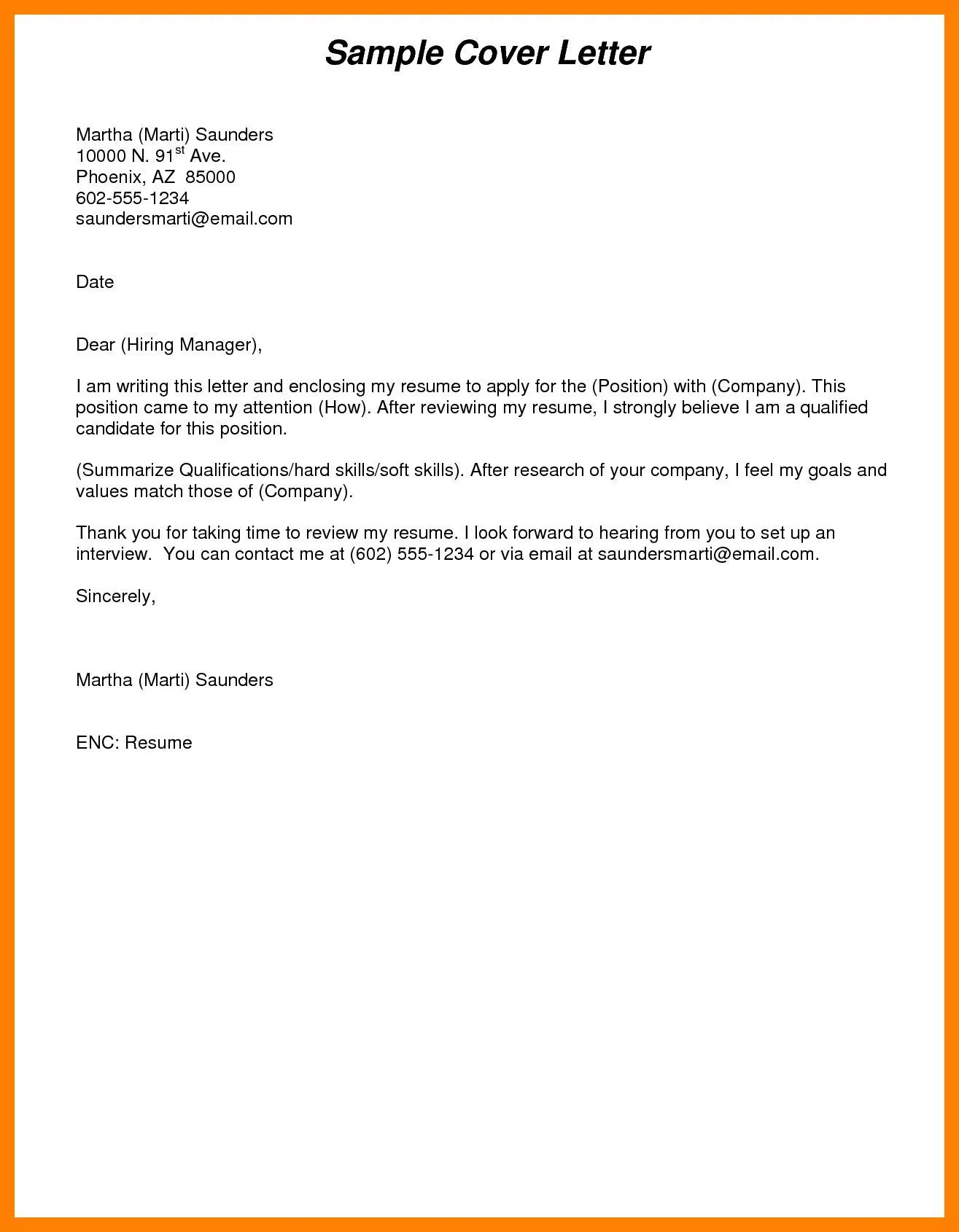
A successful cover letter consists of several essential components that work together to create a compelling narrative. Each section serves a specific purpose in presenting you as the ideal candidate. By carefully crafting each part, you can effectively communicate your qualifications and express your interest in the position. The structure ensures that the hiring manager receives all the necessary information about your background, skills, and motivations in a clear and concise manner. Understanding the function of each component is the first step toward crafting a professional and effective cover letter that will impress potential employers. This approach increases your chances of securing an interview and moving forward in the hiring process.
Contact Information
Start with your contact information at the top, including your name, address, phone number, and professional email address. This allows the employer to easily reach you. Ensure your email address is professional and straightforward. If you have a LinkedIn profile, consider adding the link to your contact information. This helps the hiring manager quickly access more details about your professional background and experience. Accuracy is important; double-check all the information provided to ensure that it is current and accessible. Place the date below your information, followed by the hiring manager’s name and title if known, as well as the company name and address. This demonstrates your attention to detail and that you’ve taken the time to research the company.
Greeting
Address the hiring manager by name whenever possible. Research the company and find out the hiring manager’s name by visiting their website or LinkedIn profile. Use ‘Dear Mr./Ms./Mx. [Last Name]’ to show respect. If you cannot find the hiring manager’s name, use a general salutation like ‘Dear Hiring Manager’. Avoid generic greetings such as ‘To Whom It May Concern’, which makes your letter seem less personal. The greeting sets the tone of your letter, so make sure it’s professional and appropriate. Taking the extra step to personalize your greeting shows your effort, helping to capture their attention from the start.
Body Paragraphs
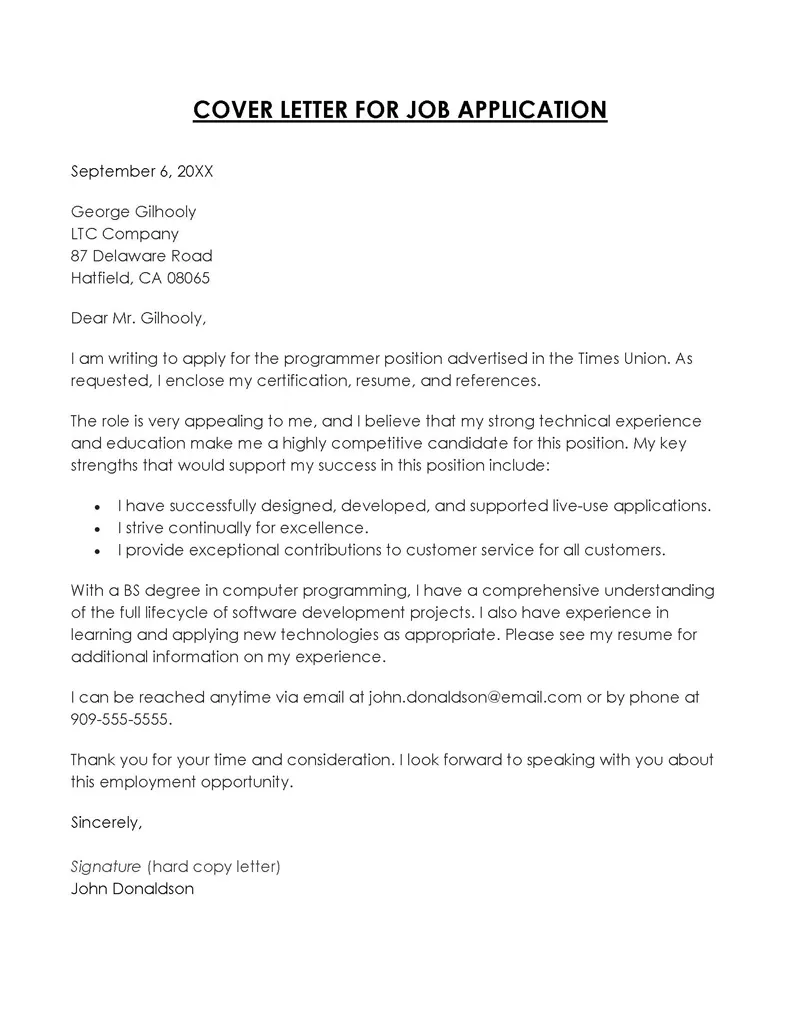
The body paragraphs form the core of your cover letter. Here, you will provide context for your skills and experience and explain why you are the ideal candidate for the job. Keep the content concise and to the point. Use language that reflects your enthusiasm for the role and the company. Avoid lengthy paragraphs; instead, break up your writing into distinct sections that address specific aspects of your qualifications. Begin with an engaging opening to grab the reader’s attention and end with a strong call to action. Each paragraph should build on the previous one to create a cohesive and compelling narrative. The body paragraphs are a chance to showcase your abilities and demonstrate how your skills align with the job requirements.
First Paragraph: Grab Attention
The first paragraph is your chance to capture the hiring manager’s attention. Start with a compelling statement that clearly states the position you are applying for and how you learned about the opportunity. Briefly highlight your most relevant skills or experience. Show your enthusiasm for the role and the company. Avoid clichés or generic opening lines. Instead, try to be creative and show your personality. Consider mentioning a specific achievement or skill that makes you stand out. Clearly state why you are interested in this specific opportunity. This introductory paragraph should immediately grab their attention, making them want to read more about what you can offer.
Second Paragraph: Showcase Skills
In the second paragraph, discuss your relevant skills and experiences. Focus on the qualifications and achievements that directly relate to the job description. Provide specific examples of how you have demonstrated these skills in previous roles. Quantify your achievements whenever possible, using numbers to show your impact. Use action verbs to describe your accomplishments. Tailor this section to match the specific requirements of the job you are applying for. If the job description emphasizes teamwork, provide examples of your ability to collaborate effectively. If the role requires problem-solving skills, describe situations where you successfully addressed challenges. This section demonstrates that you possess the necessary qualifications and have the skills to excel in the role.
Third Paragraph: Highlight Value
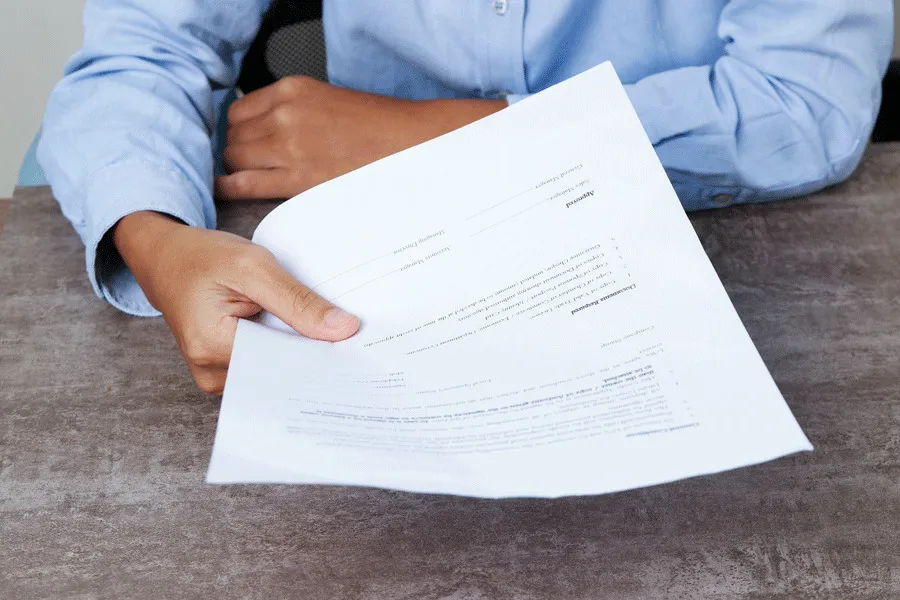
In the third paragraph, show why you are a good fit for the company culture and explain how you can add value. Discuss your understanding of the company’s mission, values, and goals. Explain how your skills and experience align with these values. Highlight any research you’ve done on the company. Demonstrate your knowledge of their products or services. Show how your skills will help the company achieve its objectives. This paragraph shows that you are genuinely interested in the company and that you are a good cultural fit. By aligning your skills and experience with the company’s objectives, you demonstrate that you understand the role and are ready to contribute.
Closing Paragraph: Call to Action
End your cover letter with a strong call to action. Thank the hiring manager for their time and consideration. Reiterate your interest in the position and the company. Express your enthusiasm for an interview. Provide your contact information once again. Make it clear that you are eager to discuss your qualifications further. This is your final opportunity to reinforce your interest and leave a positive impression. It should be concise and confident, and make it clear that you are proactive and eager to move forward in the hiring process. Conclude with a professional closing such as ‘Sincerely’ or ‘Best regards’ and then your name.
Formatting and Design
The formatting and design of your cover letter significantly impact its readability and overall presentation. A well-formatted letter is easy to read and makes a good first impression. Poor formatting can distract the reader from the content and make it difficult to follow your points. Ensure your cover letter is visually appealing and professional-looking. Use clear and consistent formatting to make your letter stand out positively. Careful formatting also reflects your attention to detail, a crucial attribute in any professional environment. Strive for a clean, uncluttered layout that focuses on the content and highlights your qualifications.
Font and Style
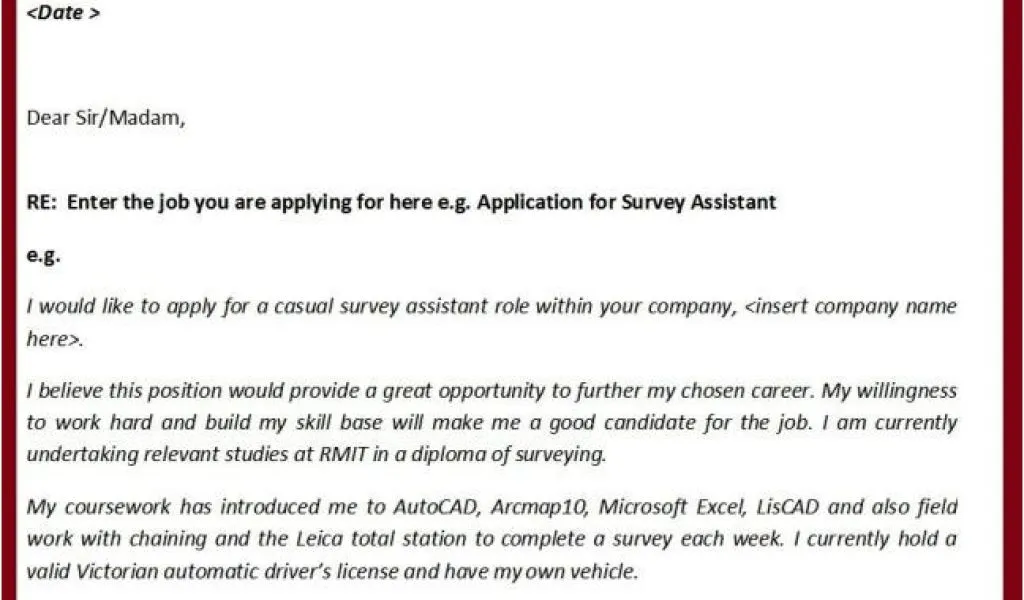
Choose a professional and easy-to-read font, such as Times New Roman, Arial, or Calibri. Use a font size between 10 and 12 points. Keep the font consistent throughout the document. Use bolding and italics sparingly, only to emphasize key points. Avoid using decorative fonts that may be difficult to read. Ensure that your formatting is consistent. Choose a font and style that reflects your professionalism and the tone of the job you are applying for. Maintain a professional look that is easy to read and highlights the most important information.
Length
Keep your cover letter concise and to the point. Aim for one page, unless explicitly instructed otherwise. Avoid unnecessary details and focus on the information that directly relates to the job. Use clear and concise language. Ensure that every sentence contributes to your message. Avoid rambling and focus on conveying your qualifications and interest effectively. Make sure your letter is not too long, as hiring managers are often busy and appreciate brevity. A concise, well-written cover letter is more likely to be read thoroughly and remembered.
Proofreading and Editing
Proofread your cover letter carefully for any grammatical errors, typos, and inconsistencies. Errors can undermine your credibility and make you appear careless. Use spell-check and grammar-check tools. Ask a friend, family member, or career advisor to review your letter for feedback. Reading it aloud can help you identify awkward phrasing or unclear sentences. Ensure your letter is tailored to the specific job and company. Verify that all the information is accurate. Thorough proofreading and editing demonstrate your attention to detail and professionalism. A well-proofread cover letter indicates that you are thorough and dedicated. This is a critical step in ensuring your application makes a positive impression.
